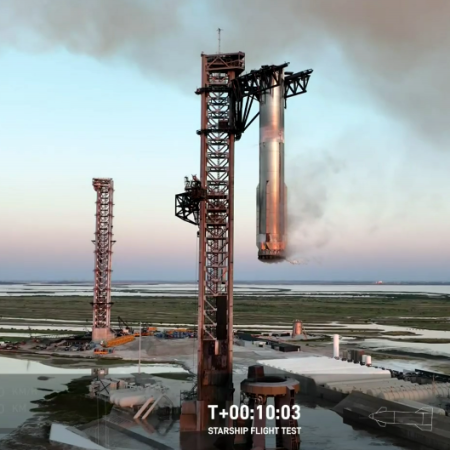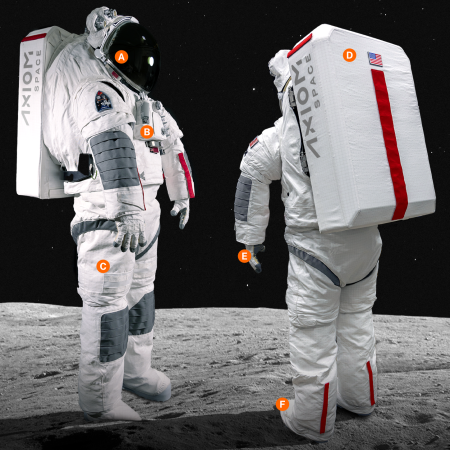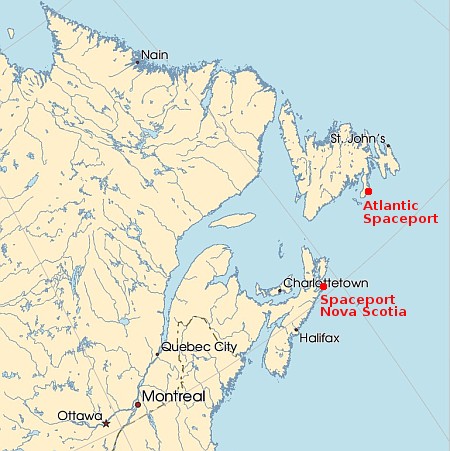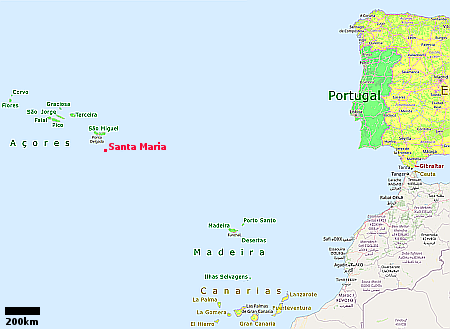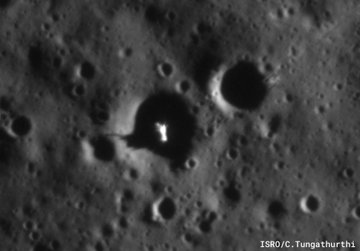SpaceX donates $4.4 million to upgrade beach access at Boca Chica
Even as leftist politicians and anti-Musk haters rage incoherently against SpaceX’s growing facility at Boca Chica, the company this week donated $4.4 million to upgrade the beach access and facilities at South Padre Island, near Starbase at Boca Chica.
Beachgoers visiting South Padre Island will soon be able to enjoy a surfside park with a smorgasbord of family-friendly amenities paid for by a $4.4 million contribution from Elon Musk’s SpaceX. Previously, MySA reported that the project was expected to cost $4.5 million, according to Texas Department of Licensing and Regulation records.
Cameron County Beach Access #3, a currently undeveloped pedestrian beach access located just outside the South Padre Island city limits, will soon begin construction on the latest phase of a multimillion-dollar improvement project that will transform it into a destination beach access. To that end, Cameron County leaders celebrated with a groundbreaking ceremony on Monday, August 11, at the access, located at 28495 State Park Road 100-North, on South Padre Island.
In other words, SpaceX is paying almost the entire bill for this work. It might now have the power to close these beaches when necessary, but it is also acting like a good citizen, improving those beaches for everyone when they are open.
It is expected this work will be completed by next year.
Even as leftist politicians and anti-Musk haters rage incoherently against SpaceX’s growing facility at Boca Chica, the company this week donated $4.4 million to upgrade the beach access and facilities at South Padre Island, near Starbase at Boca Chica.
Beachgoers visiting South Padre Island will soon be able to enjoy a surfside park with a smorgasbord of family-friendly amenities paid for by a $4.4 million contribution from Elon Musk’s SpaceX. Previously, MySA reported that the project was expected to cost $4.5 million, according to Texas Department of Licensing and Regulation records.
Cameron County Beach Access #3, a currently undeveloped pedestrian beach access located just outside the South Padre Island city limits, will soon begin construction on the latest phase of a multimillion-dollar improvement project that will transform it into a destination beach access. To that end, Cameron County leaders celebrated with a groundbreaking ceremony on Monday, August 11, at the access, located at 28495 State Park Road 100-North, on South Padre Island.
In other words, SpaceX is paying almost the entire bill for this work. It might now have the power to close these beaches when necessary, but it is also acting like a good citizen, improving those beaches for everyone when they are open.
It is expected this work will be completed by next year.

